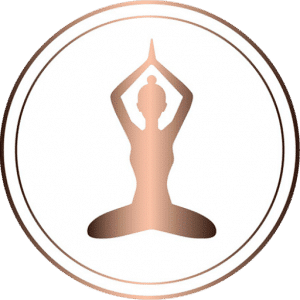The Polyvagal Theory: A Pathway to Healing Trauma
PLEASE LISTEN HERE https://youtu.be/IU6jXy3AIUU?si=t9n_vGiK8Ucc19We
The Polyvagal Theory is a powerful, groundbreaking framework developed by Dr. Stephen Porges, a neuroscientist, and psychologist. This theory has revolutionized our understanding of the autonomic nervous system and its profound impact on our emotional well-being and responses to trauma. Polyvagal theory provides valuable insights into the origin of the autonomic nervous system, its role in regulating our physiological and emotional responses, and how it can be harnessed to understand and heal anxiety and trauma. Please listen to my audio journal about my personal reflections with this.
To comprehend the Polyvagal Theory, it’s essential to grasp the evolution of the autonomic nervous system and the vagus nerve. Our autonomic nervous system is responsible for managing involuntary bodily functions such as heart rate, respiration, digestion, and stress responses. Dr. Porges proposed that the evolution of this system can be understood through the lens of three interconnected neural circuits: the dorsal vagal complex, the sympathetic nervous system, and the ventral vagal complex.
- Dorsal Vagal Complex: Rest and Digest, the parasympathetic. This is the oldest part of the autonomic nervous system, associated with immobilization and shutdown responses. When triggered, it leads to behaviors such as freezing, dissociation, and disconnection. These responses are often seen in individuals who have experienced severe trauma, as a means of self-preservation.
- Sympathetic Nervous System: Danger! The sympathetic nervous system is responsible for the “fight or flight” response. It prepares the body to react to perceived threats by increasing heart rate, dilating pupils, and releasing stress hormones like cortisol. While this response is essential for survival, chronic activation can contribute to stress-related disorders and trauma.
- Ventral Vagal Complex: Checked out/Dissociate- This is the most recent evolutionary development and represents the “social engagement system.” It promotes safety and connection by regulating heart rate, promoting digestion, and facilitating social interactions. When this system is active, individuals feel safe, and they can engage with others in a healthy, reciprocal manner.
The Polyvagal Theory emphasizes that the autonomic nervous system is not merely a reflexive system but a dynamic one that listens and adapts to our environment and experiences. It is always on alert, and senses when our world is safe, and indeed, when it is not. Anxiety and trauma often disrupts this system, leading to chronic states of fear hyperarousal or disconnect, hypoarousal. By a somatic understanding the Polyvagal Theory, we can develop strategies to regulate our autonomic responses and promote healing.
So, how can the Polyvagal Theory be utilized to heal trauma?
Regulation of Arousal: The theory highlights the importance of creating safe environments and building trust in therapeutic settings. By fostering a sense of safety and connection, individuals can gradually shift from states of hyperarousal or hypoarousal towards a balanced state, which is conducive to healing.
Mind-Body Interventions: Buddhist-inspired mindfulness practices, yoga, and somatic therapies can help us become more attuned to our bodily sensations like breath and heart rate. This can promote self-regulation and self-awareness. These practices can aid in rewiring the autonomic nervous system to respond more adaptively to stressors, and thus develop more inner strength and resiliency.
Social Engagement: Building loving and supportive social connections is vital for trauma recovery. Engaging in positive social interactions activates the ventral vagal complex, promoting feelings of safety and reducing the impact of trauma.
Trauma-Informed Care: Professionals can integrate the Polyvagal Theory into their therapeutic approaches, tailoring interventions to the individual’s autonomic state. This allows for more effective trauma processing and resolution. For instance, “trauma dumping” telling our stories over and over or to each other can re-trigger rather than heal.
In conclusion, the Polyvagal Theory offers a profound understanding of the autonomic nervous system’s role in trauma and recovery, and we can directly and immedialy apply this insight into our lives. By recognizing the interconnectedness of our physiological responses and emotions, we can harness this knowledge to create a path towards true and profound healing and well-being.
Healing trauma involves reestablishing safety, regulating arousal, and fostering healthy social connections, all of which are core principles of the Polyvagal Theory. It is a transformative framework that provides hope and a roadmap for us, on our journey to healing and resilience, even in these dark times. Please download these worksheets, and take a moment to see… where are your “triggers and glimmers.”





